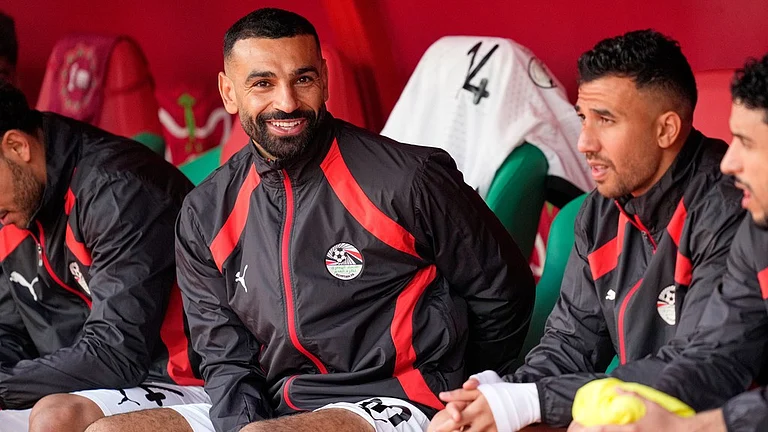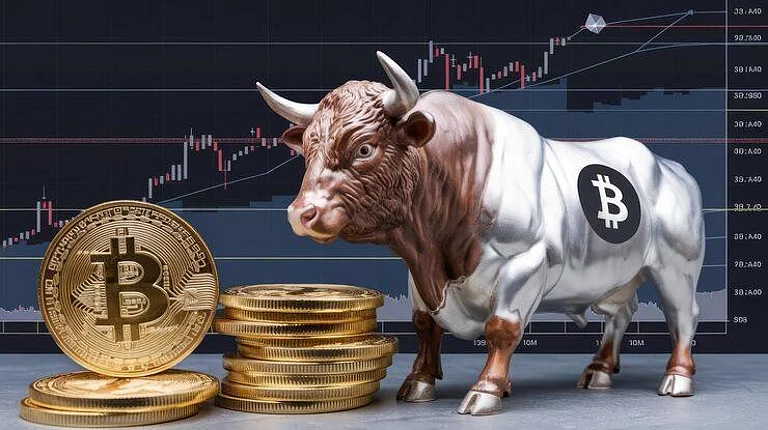Indologist Nrisingha Prasad Bhaduri has been one of Bengal’s foremost scholars in Sanskrit literature, especially Indian epics and Puranas. Author of a number of acclaimed works on Ramayan, Mahabharat and Puranic tales, Bhaduri is also the main force behind the encyclopaedic project, named Purankosh. A retired ‘reader’ of Sanskrit at Gurudas College in Kolkata, Bhaduri won the Sahitya Academy award in 2016. He spoke to Snigdhendu Bhattacharya about the popularity and influence of Ram and Ramayan in Bengal

Q. How popular have Ramayan and Ram been in Bengal?
The Bengali people have looked at Ramayan and the character of Ram in a somewhat detached way. Krittibas Ojha’s Bengali Ramayan had become really popular here. Valmiki’s Ramayan was not that popular. It is in Krittibas’s Ramayan that the concept of Akaal Bodhon (untimely worship) of Devi Durga by Ram in autumn first appears. This Akal Bodhan is today’s grand Durga puja. Valmiki’s Ramayan makes no such mention of Ram’s untimely worship of Durga for winning the war with Ravan. This was introduced in Krittibas’s Ramayan. He connected the Bengali tradition of Shakti worship with Ramayan. There are many such differences between Valmiki and Krittibas’ Ramayan.
Q. What are the other differences?
Bhakti, or devotion, is central to Krittibas’ Ramayan. The devotion to Ram and Ram’s care for his devotees occupy the centre stage. I believe that nature has an influence in building its people’s character, just like people mould their gods according to their own characteristics. Bengal’s green, fertile, riverine land has moulded its people in a way that they are soft and sensitive. And they have mostly accepted the soft aspects of gods. Krittibas’ Ram does not remind one of the whistling and clanging of swords. Krittibas’ Ram is soft and that’s why he got accepted. Outside Bengal, on Dussehra, they burn the effigy of Ravan in celebration. In Bengal, Devi Durga is killing Mahishashur but even Mahishashur is worshipped during Durga puja. In Krittibas’ Ramayan, there is no celebration of Ravan’s death.
Q. What kind of social impact did the Ramayan have in Bengal?
The biggest influence has been in assigning family relations. Ram stands as the ideal son, who goes to exile for 14 years for the sake of his father. He represents the values of obedience and duty. Lakshman stands as the ideal brother, ready to do anything for his elder brother. Even Rabindranath Tagore has written about ‘a brother like Lakshman.’ Sita stands as the ideal wife, an epitome of chastity. The values that bound joint families are largely taken from the Ramayan. Dinesh Chandra Sen has written about it in detail.
Also Read: Slipping Into Ravana’s Robes
Q. Why, then, there are very few major religious events or temples dedicated to Ram here?
Frankly, Ram has never gained any mentionable popularity as a deity. The story has been popular in literature. Take the case of Chaitanya Mahaprabhu, the spiritual icon born in the late fifteenth century. He introduced the custom of fasting on Ram Nabomi. Therefore, Goudiya Vaishnav families observe Ram Nobomi at home, along with occasions like Baman Dwadoshi and Nrisingha Chaturdashi. Even the Ramakrishna Mission (Shakti worshippers) observes Ram Nabomi with Ramkatha songs. But that’s it. Ram stands far behind Krishna is being worshipped as a deity.
Q. Why did Krishna become popular but not Ram?
This has happened because of Chaitanya Mahaprabhu. The way he popularised Krishna-Leela made Krishna much more popular throughout the land of the Bengali-speaking people. Ram temples are negligible in number. But temples dedicated to Krishna are innumerable, they are everywhere. Just think of the enormously rich Padaboli literature (centred on Radha-Krishna’s love) in Bangla. Where’s Ram’s Padaboli? There isn’t any. Krishna, the lover, is far more popular. To be specific, the love story of Radha-Krishna.
Q. What is your view of the recent increase in the massive celebration of Ram Navami over the past few years?
That’s political. Ram Nabomi, as I said earlier, used to be observed, but in a different way. What’s happening today in the name of Ram Nabomi is an attempt to impose an alien culture. Since politics and governance are currently running in the name of Ram in the Hindi-speaking belt, there is an attempt to influence Bengali culture with it. Some people, here, too, are dancing to their tune and trying to display their devotion for Ram. All these are political. This celebration of Ram the warrior, brandishing weapons, was never part of Bengal. In fact, the angry Ram that they want to promote does not go with Bengal at all. The Bengalis have accepted Ram’s obedience to his father, love for his brothers, and his sorrow over separation from Sita, but not the hullabaloo around the killing of Ravan.
Q. Is the angry, warrior ram peculiar to the Hindi-speaking belt?
No, that’s only the political Ram. Even in Valmiki’s Ramayan, Ram weeps much more for Sita than he actually fights with his swords. And in Tulsidas’ Ramayana, which binds the Hindi-speaking regions, Bhakti or devotion is the central theme. Ram is devoted to his devotees. I guess those playing politics over Ram have a Ramayan version of their own where Ram is always wielding his sword.
Q. What’s your impression of Tulsidas’ Ram?
Tulsidas applied the characteristics of Krishna-leela in his Ramayan. In Valmiki’s, Ram’s first appearance after birth is at his early youth, when he is going to kill Taraka the demoness. There is no reference to his childhood. But Tulsidas introduces it. Here, we find ‘Kaushlya Jab Bolan Jai/ Thumuku Thumuku Probhu Chalahi Parai’. This is like Balgopal, or the child Krishna. It is from here that we got the iconic song, Thumaka Chalata Ramachandra. What else is this other than the influence of Krishna-leela? Such a description is not present in Valmiki’s Ramayan. In Tulsidas’, Ram personifies softness. The poet says at places that Ram is a great warrior but there is a very little description of Ram actually fighting. The continuous clangs of weapons are missing in his Ramayan. Tulsidas is much more occupied with Ram’s treatment of his devotees than his warrior self.
Also Read: 'Ram Nam Bhaj Ban': Reflections Of A Ramnami
Q. How did it happen that in northern and western India, Vijaya Dasami is observed with the burning of Ravan’s effigy to celebrate Ram’s return to Ayodhya after vanquishing Lanka, whereas in Bengal Bijoya Dashami means the going away of daughter Durga?
Those who celebrate the burning of Ravan’s effigy consider the word Vijay as representing victory or triumph over Lanka. But here, Bijoy means departure. In Chaitanya Charitamrita, Haridas Thakur’s death has been described as Haridas’s Bijoy-utsob. Bijoy means someone has departed, be it Ravan or Haridas Thakur or Devi Durga. Bijoy, here, is not at all about celebrating a victory. For those belonging to political Hindutva, Ravan’s killing is central to Ramayan. That’s not true for Bengal. We love crying when Krishna leaves for Mathura, but we have never bothered much about the killing of King Kansa.


























